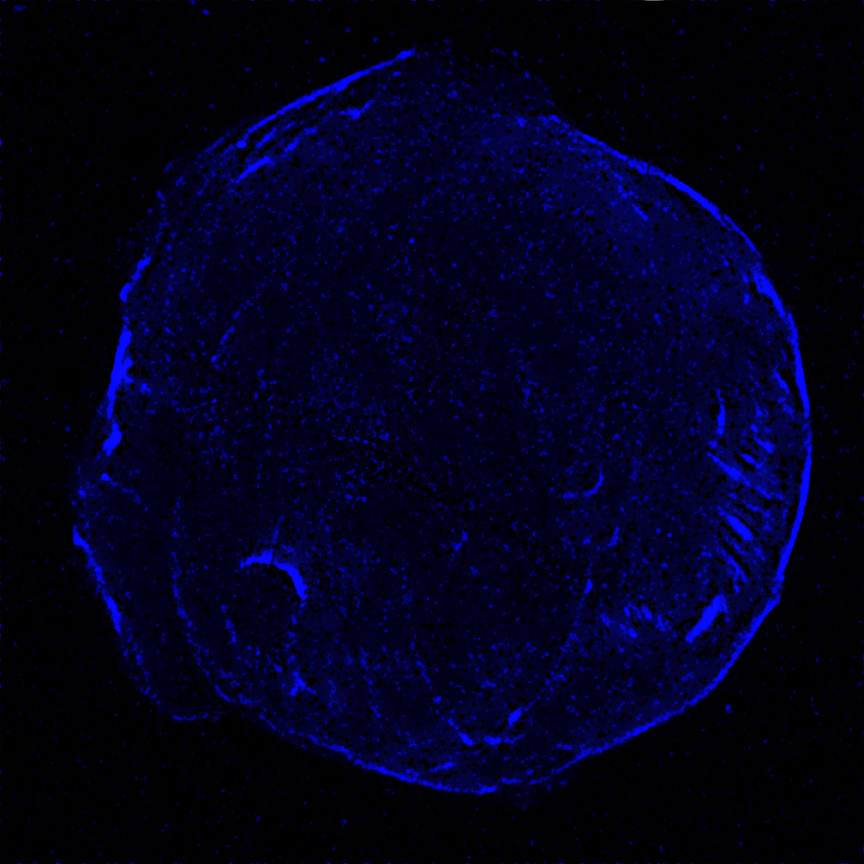
 Credit: NASA/CXC/Chinese Academy of Sciences/F. Lu et al
Credit: NASA/CXC/Chinese Academy of Sciences/F. Lu et al
In the Way
Being tied to a star that's about to explode is dangerous. But scientists think that's the unfortunate fate that befell the companion to a star that exploded and produced the Tycho supernova remnant, seen from earth in A. D. 1572. Astonomers know now that this was a particular class of supernova called a Type Ia supernova, in which a white dwarf star is pushed over the limit (the Chandrasekhar limit, to be precise) and deflagrates (or explodes) in a enormous, well-calibrated burst. But mass is needed to push the white dwarf towards exploding, and the standard picture is that that mass is stripped off the surface of a companion star. Such companions make themselves scarce after the explosion of course, so testing this model is hard to do. But a detailed look at the hot x-ray emitting gas in Tycho provides new clues about the identity of the unfortunate companion. The image above, obtained by the Chandra (as in Chandrasekhar) X-ray observatory, shows a picture of the nebula in high-energy X-rays. Sharp-eyed astronomers noticed something unusual in this image: a well-defined arc of X-ray emitting gas seen to the lower left of the center of the nebula, which casts an X-ray shadow. How could such a well-defined, organized structure be produced in the violence of the supernova? Astronomers believe the arc represents material which was blown off the surface of the woebegone companion star by the titanic force of the supernova blast wave.
Published: June 6, 2011
<
HEA Dictionary ● Archive
● Search HEAPOW
● Other Languages
● HEAPOW on Facebook
● Download all Images
● Education ● HEAD
>

Each week the HEASARC
brings you new, exciting and beautiful images from X-ray and Gamma ray
astronomy. Check back each week and be sure to check out the HEAPOW archive!
Page Author: Dr. Michael F. Corcoran
Last modified Monday, 26-Feb-2024 17:47:20 EST


